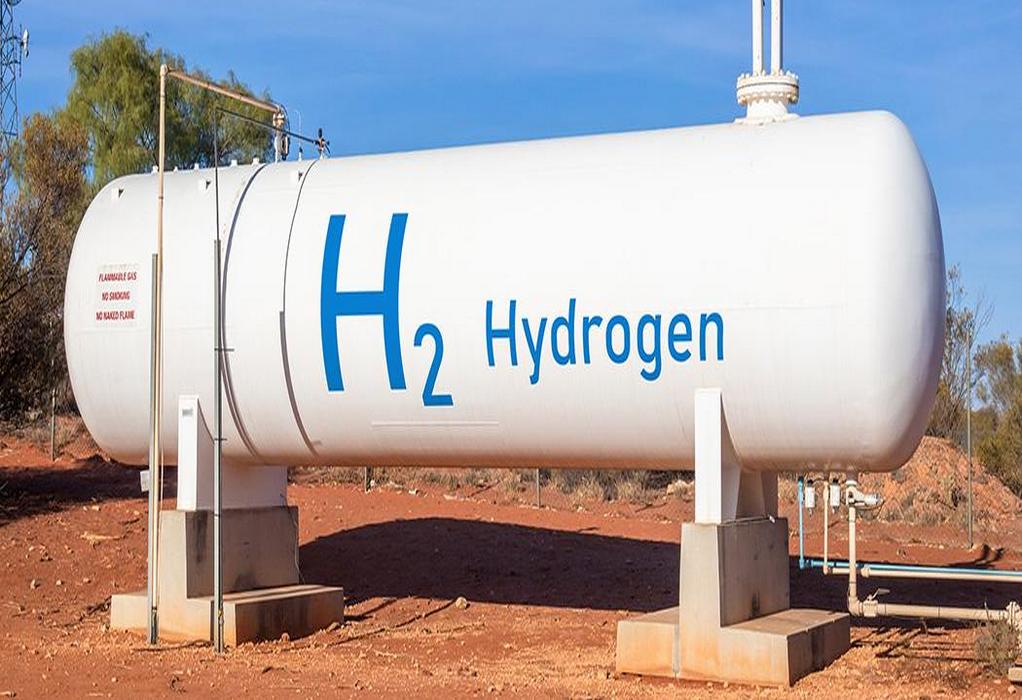Green hydrogen costs in India could potentially fall by half to as low as ₹160-170 per kg by 2030, bringing parity with grey hydrogen and other fossil fuels, says a KPMG study. Current green hydrogen production costs range anywhere between ₹320 and ₹330 per kilogram in India.
KPMG in India estimates, current grey hydrogen (hydrogen made using fossil fuels) costs ₹160-200/kg, based on natural gas input cost of $10-13/MMBtu (Metric Million British Thermal Unit) and possibly rising further due to the price movements seen in the immediate term. The National Hydrogen Policy could immediately result in reduction of green hydrogen production costs by 20-30% to ₹230-240 per kg, based on the policy measures announced and issues such as banking are sorted out. The green hydrogen (hydrogen made with renewable energy) demand could comprise 20-30% of the overall hydrogen demand in India, which is expected to jump to almost double at 12 million tonnes per annum (MTPA), said the report.
Various policy and technical measures can reduce current green hydrogen production costs further, such as incentives on capex, aggregation of demand and bulk deployment, improved efficiencies, waivers on STU charges and cheaper renewable energy costs. These estimates can be aided by factors such as carbon pricing, further scale-led decline in electrolyser costs and innovations across the value chain to bring down cost and improve efficiencies, says KPMG India.
On February 17, 2022, India had launched the Green Hydrogen Policy aiming at boosting the domestic production of green hydrogen to 5 MTPA by 2030, half of the EU’s target of 10 MTPA, and making India an export hub for the energy source. Big industrial houses like Reliance Industries, Adani Group, L&T-Renew Power and several PSUs like NTPC, IOC, and HPCL are planning big investments in the sector.
India is one of the largest consumers of hydrogen in the world with a demand of 6.7 MTPA which comprises 7-8% of the global hydrogen demand. Hydrogen is used in India, mainly as an industrial feedstock in the creation of ammonia-based fertilisers and in refineries. Globally, nearly 90 million tonnes per annum (MTPA) of hydrogen is consumed, but currently, more than 95% of the world’s hydrogen is fossil fuel based, produced via Steam Methane Reforming (SMR) or coal gasification.
Source: Fortune India
Tags: 2030, Fossil Fuels, Hydrogen, India, KMPG

Recent Posts
GCMD completes biofuel supply chain trials with Hapag-Lloyd
Airbus partners with Avolon on hydrogen aviation
Nuclear power transition more safe option for decarbonisation than coal
ABS presents industry’s first advisory on ammonia bunkering
AW Shipping orders multiple dual-fuel vessels from China
HIF Global partners with Airbus to advance development of SAF
ASL Aviation signs agreement with ZeroAvia for retrofit
AM Green plans to invest $1 bn to set up 2G biofuel plants